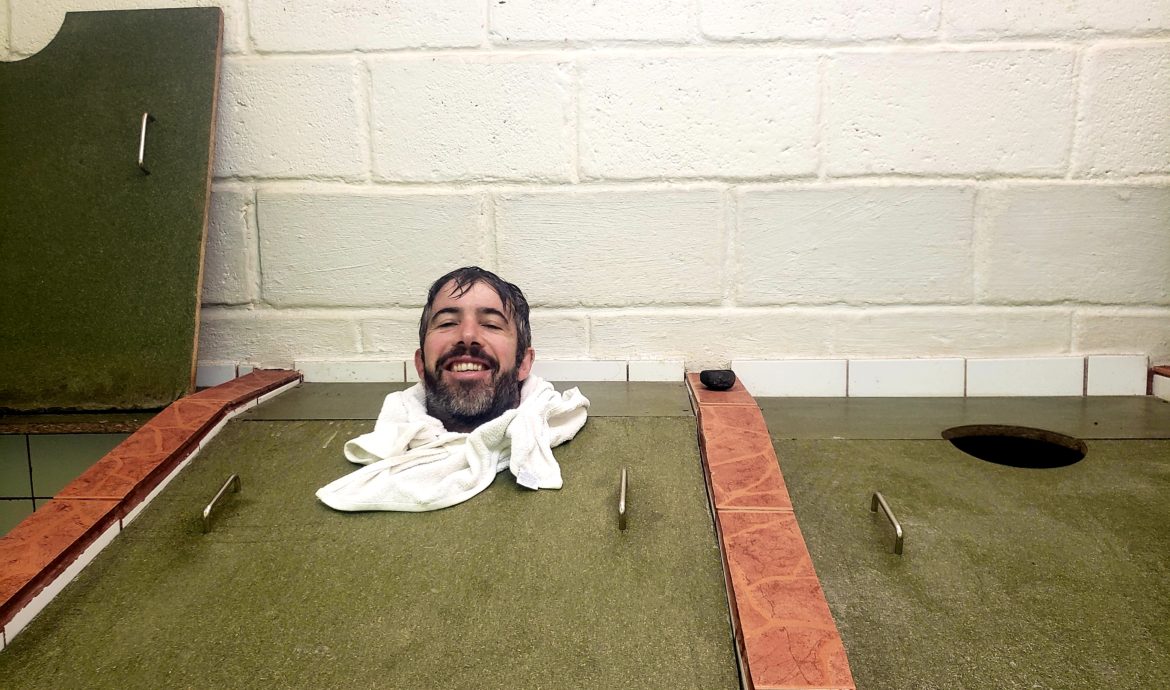
El temazcal y tejidos
EcuadorAfter six straight hard days of biking, my aching legs desperately needed a massage. My hotel in the town of Otavalo didn’t have any recommendations, so I scoured google maps and landed on a nearby pin. Eucalipto Spa. 4.7 stars. “Muy bueno,” said a review without further detail. I called the number listed on google.
“Me gustaría hacer un masaje mañana?” I asked. Español is tough for me on the phone when I can’t see lips. He mentioned a baño and something else I didn’t understand. Cincuenta dólares. Ocho y media, nos vemos.
Not entirely sure what I was in for, I walked toward the outskirts of town toward the google map location of Eucalipto Spa, but couldn’t find it. I called the number again. “Llegaste?” he asked. An unmarked metal gate opened in the brick wall that lined the street, and Juliano emerged. He led me inside to the spartan aesthetic of a high school locker room where I stripped into my underwear.
“Empezamos con el temazcal,” he said, pointing to a stall constructed by plywood and tile and what appeared to be a lid with a hole the size of a head. I sat down in the stall and he closed a lid over me. I was now trapped in a box. I squirmed a bit.
“Relajate,” he assured me. He flicked a switch and a soothing aroma wafted around my neck as steam filled the box. The temazcal is a traditional indigenous therapeutic practice, he told me. Traditionally, the box is made of clay walls rather than plywood, but he was still building out his operation. He listed the herbs in the steam bath, none of which had Spanish names I recognized, but I thought I smelled oregano and lavender. Whatever it was, it soothed my legs and thoughts as I finally relaxed into the chokehold of the temazcal. But every five minutes or so, as soon as I got comfortable, Juliano would open the box to hose me down with cold water. Part of the therapy, he said.
While I cooked, Juliano told me about how he had lived in Chicago for a while, giving massages in trade show booths. Much of his family had migrated to the US or Canada, but he’d returned to Otavalo a few years ago because his grandfather’s dying wish was that his lineage remain in Ecuador. He had plans to build out the locker room into a more complete, modern health center, with a focus on traditional indigenous healing that wasn’t marketable in the US.
Indigenous traditions like the temazcal permeated Otavalo and its surroundings in highland Ecuador. The marketplace in the city center overflowed with textiles woven by Otavaleños. Women wore flowing shawls, men sported patterned ponchos, and everyone donned felt hats that evoked both modern craftsmanship and antique sentiment. Local restaurants served meat dishes that used all parts of the animal, from cow belly (guatitas) to pig legs (cuadritas) to the pig’s head (cabeza).
It seemed like indigenous traditions were thriving in Ecuador, in a way that I hadn’t seen at all in Colombia. It struck me that Colombia’s indigineous culture, at least in the parts I had traveled through, resembled Native American culture in the US – wherein indigenous heritage exists, but the cultures have regrettably been lost from the mainstream way of life. The only way I ever interacted with Native American culture growing up in the US was in school, at museums, or by travelling deep into southwestern Colorado or New Mexico. Similarly, in Colombia, I found information about indigenous cultures in museums, and knew that Tayrona National Park was a reserve for indigenous peoples, but I didn’t learn or interact with the culture through everyday transactions, like I was all of a sudden doing in Ecuador when I went to a restaurant, shopped for clothing, or scheduled a spa appointment. Both Colombia and Ecuador are ethnically mestizo in majority – descendant from mixed criollo (white Spanish) and indigeno lineage. But the Ecuadorian highland mestizo, at least culturally, appeared to have been much more influenced by the indigeno side of the family than in Colombia.
At a museum in Otavalo, I learned that despite the proud cultural heritage, indigenos haven’t had it any easier in Ecuador than other parts of the Americas. Until agricultural reforms in the 1970s, indigenos were subject to the huasipungo system, where they leased the land they lived on from criollo landowners, who had divided up haciendas amongst themselves when conquering and settling Ecuador. The cost of their lease was working the land for their criollo masters – effectively, slavery, despite the fact that Ecuador had theoretically abolished slavery in the 1850s. Without access to education, land, or capital, many indigenos didn’t have opportunity to improve their situation.
The museum was located in a textile factory. Oswaldo, my tour guide, told me that his parents had been subjected to brutal treatment by factory owners, paid in the leftovers of the clothing they produced instead of cash, and occasionally physically beaten when the owners got drunk. Twenty years ago, things finally changed when the owners went bankrupt and the government sold the factory to the indigenous community that worked there.
Oswaldo showed me the meticulous process by which Otavaleños use looms to create blankets, scarves, belts, ponchos, and more. He also explained local traditions, including festivals, music, wedding rituals, and Catholic devotion. He taught me a few phrases in Quichua, the pre-Hispanic language of Ecuador, which many rural communities still speak. He explained the traditional garments I’d seen people around town wearing, all the while wearing a Metallica t-shirt himself.
Back at the temazcal, Juliano chuckled when I told him I had visited the museum. “Soy miembro,” he said, paying dues to the group as a part of his own cultural heritage. But his chuckle implied that he was a bit embarrassed by the display of some of the antiquated customs at the museum. I told him that I enjoyed the opportunity to learn about some of the old customs alongside modern practices like the handcrafted textile production, the attire, and the annual festivals. Just like his temazcal, many of the traditions on display in the museum weren’t historic relics – they were integrated into the modern, mainstream Ecuadorian culture despite centuries of subjugation by both the Spaniards and the Incas before them.
As I left the museum, I lamented not having room in my bike bags to buy a felt hat or a poncho that had been made in house, by his father and other members of the community that still worked on the looms at the former factory. Partially, I wanted to buy something for a souvenir’s sake, to remind me of Otavalo, but more than not, I wanted to wear the artfully crafted products. Oswaldo told me not to worry, that I could order something when I got home. It is the 21st century, after all.
After an hour of back and forth between the steam of the temazcal and the shocking cleanse of the cold water, Juliano continued the spa session with a salt bath and a thorough massage. But even though I came in looking for the massage, the temazcal gave my legs and spirit the refresh that I was seeking to keep climbing through the mountains of Ecuador.
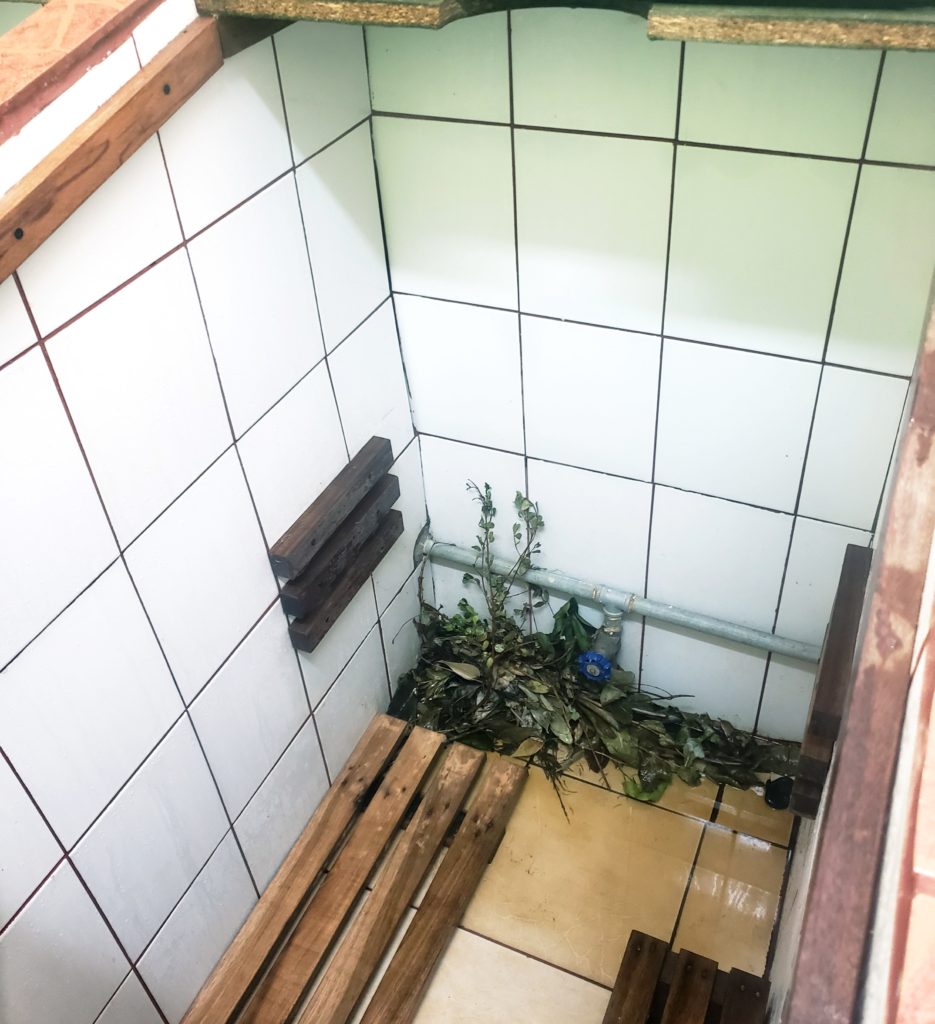
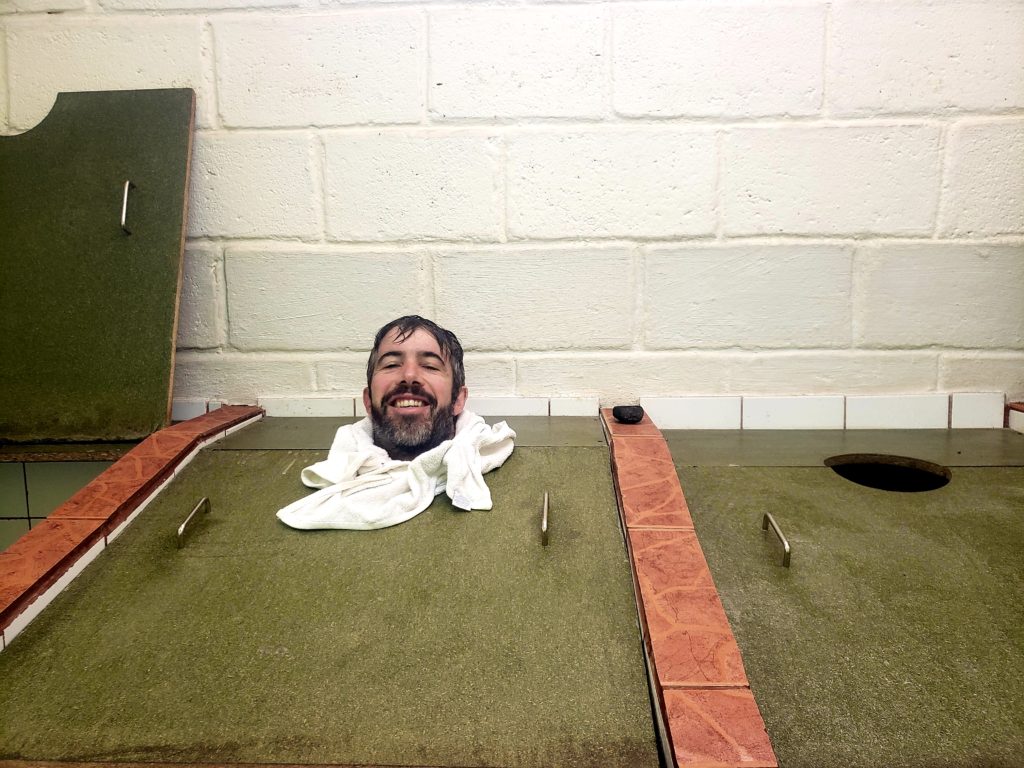
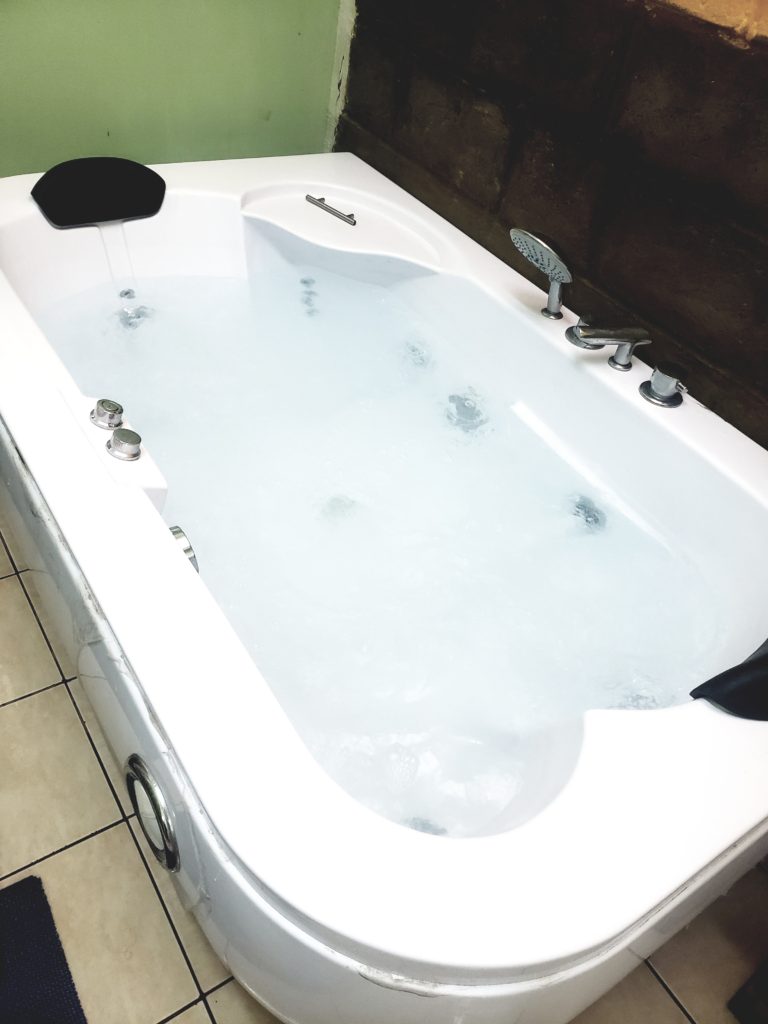
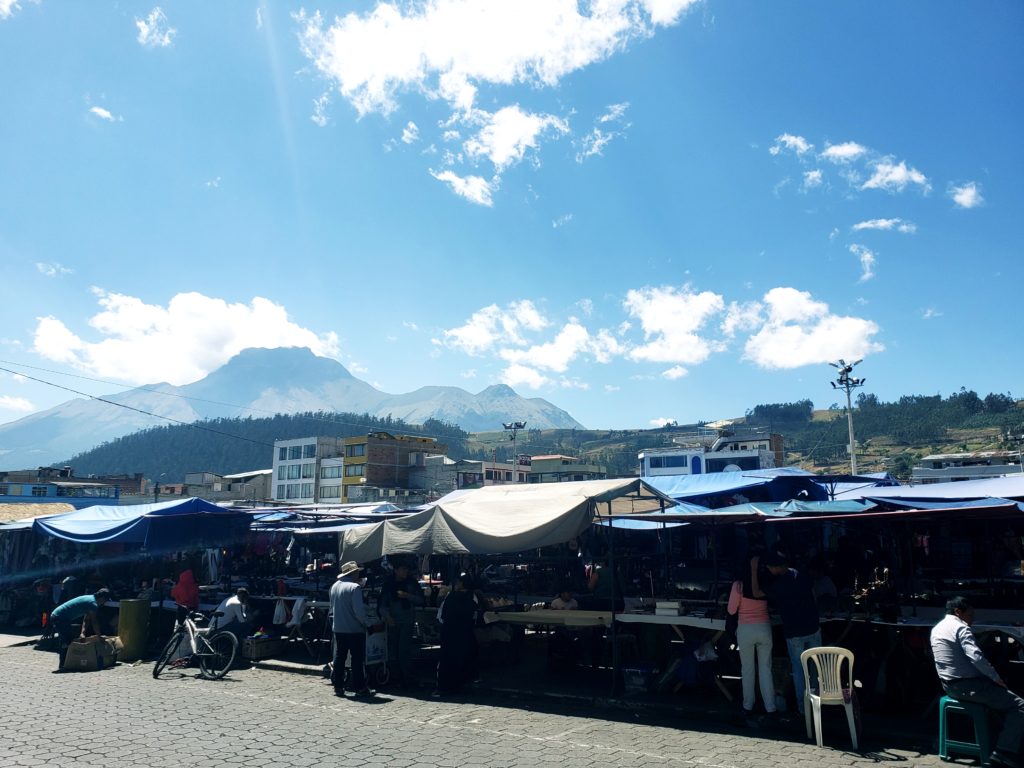
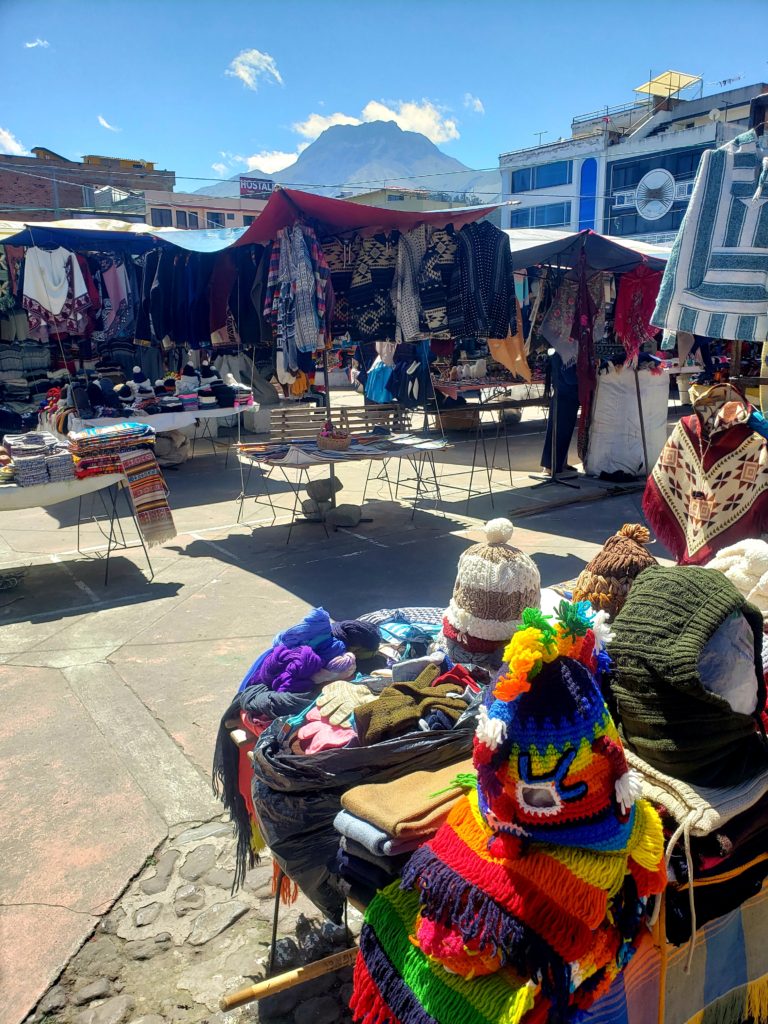
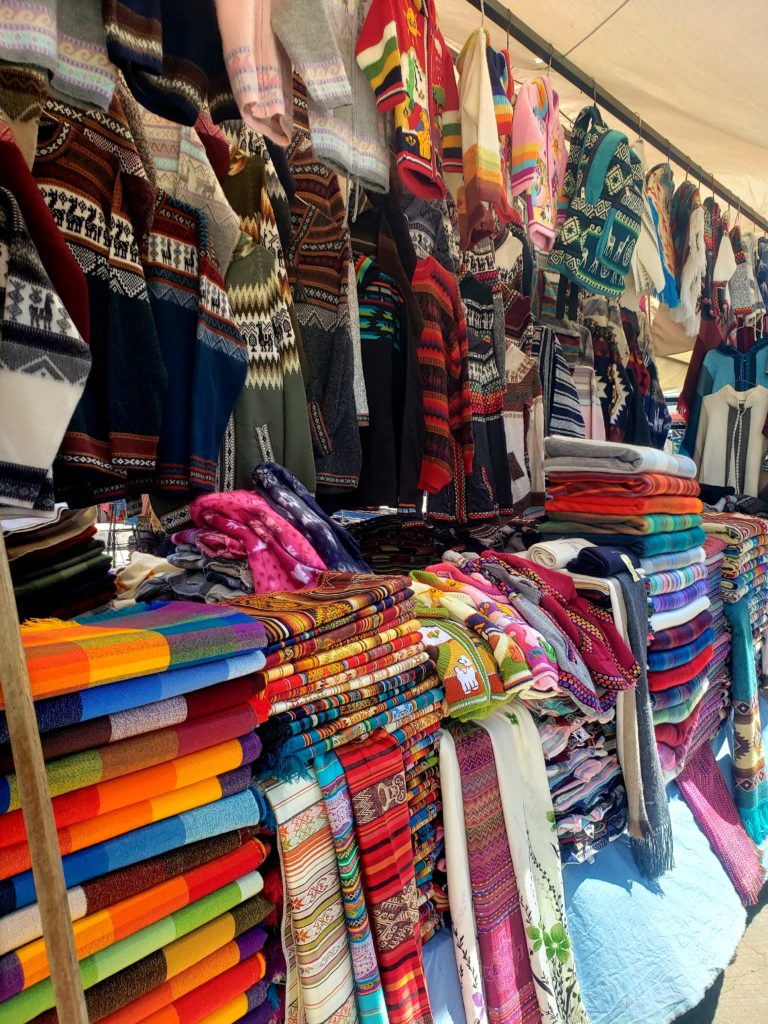
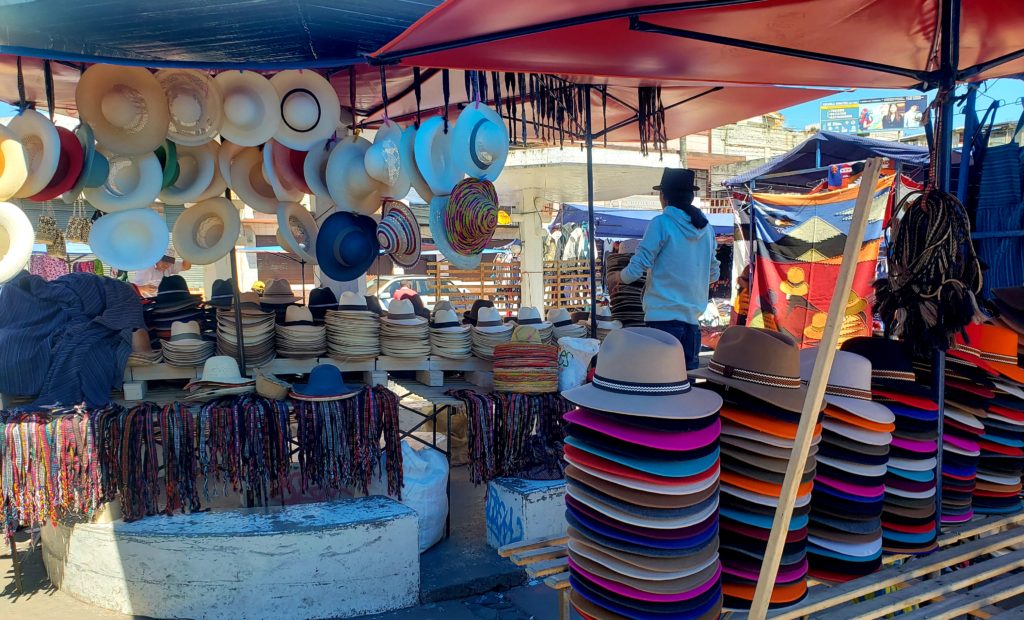
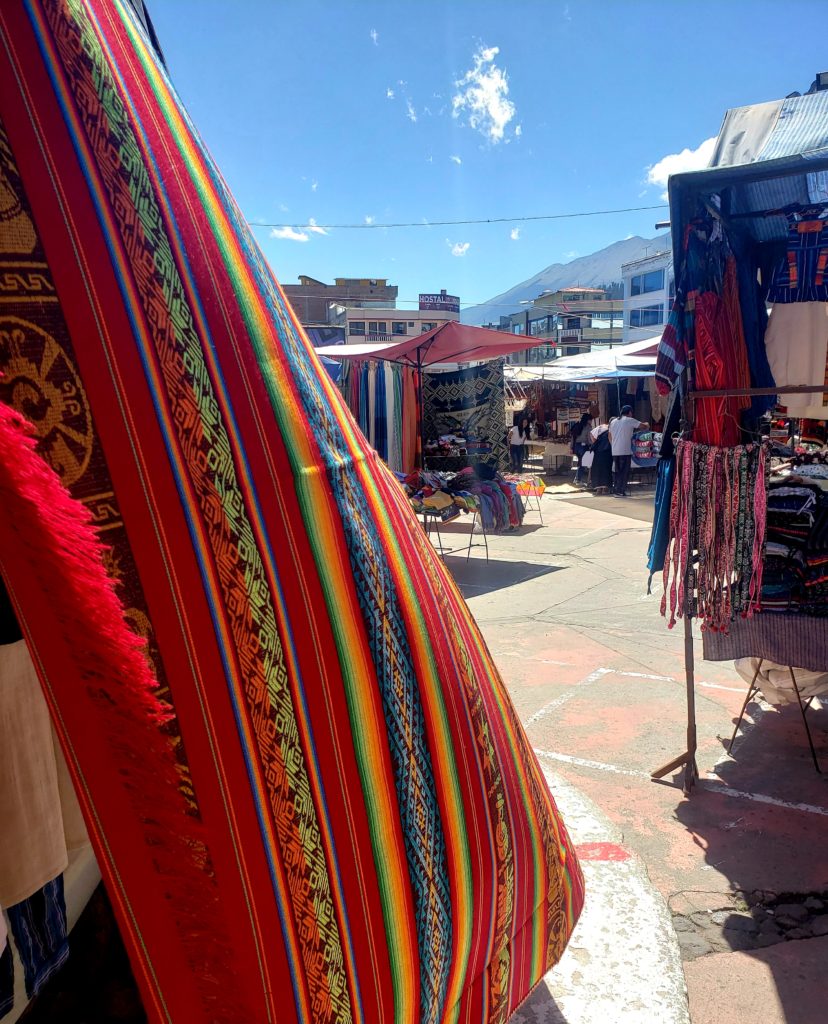
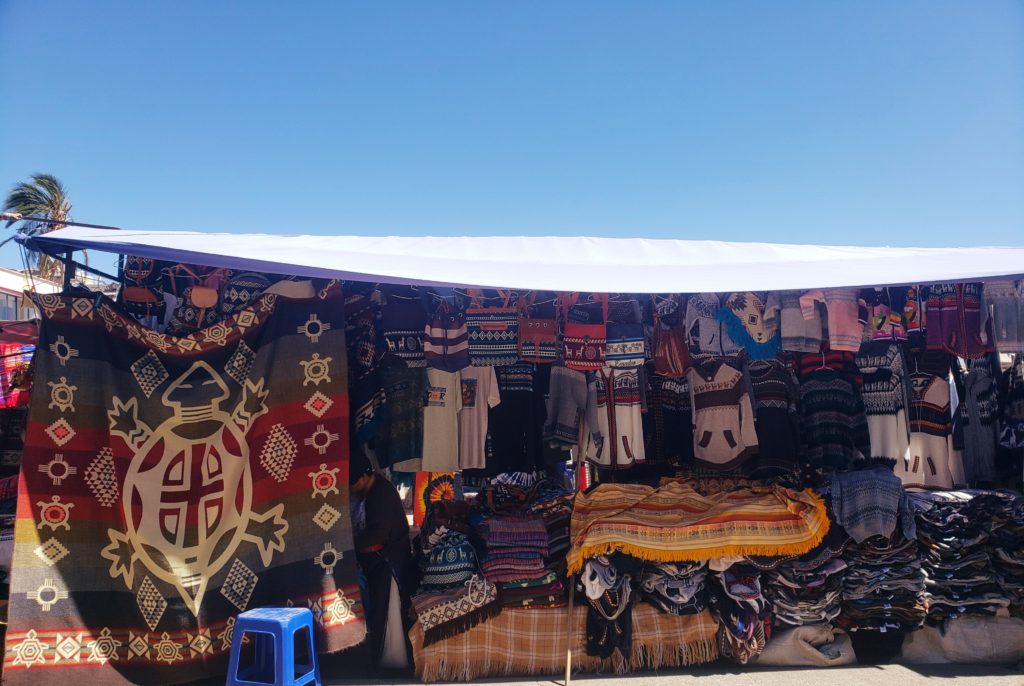
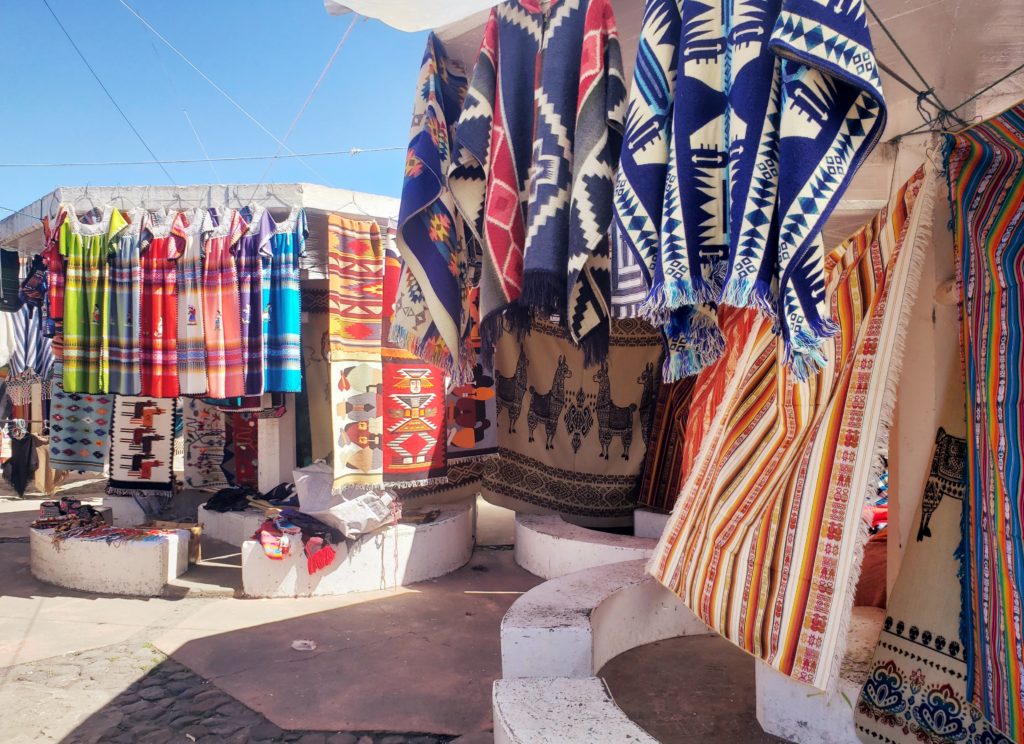
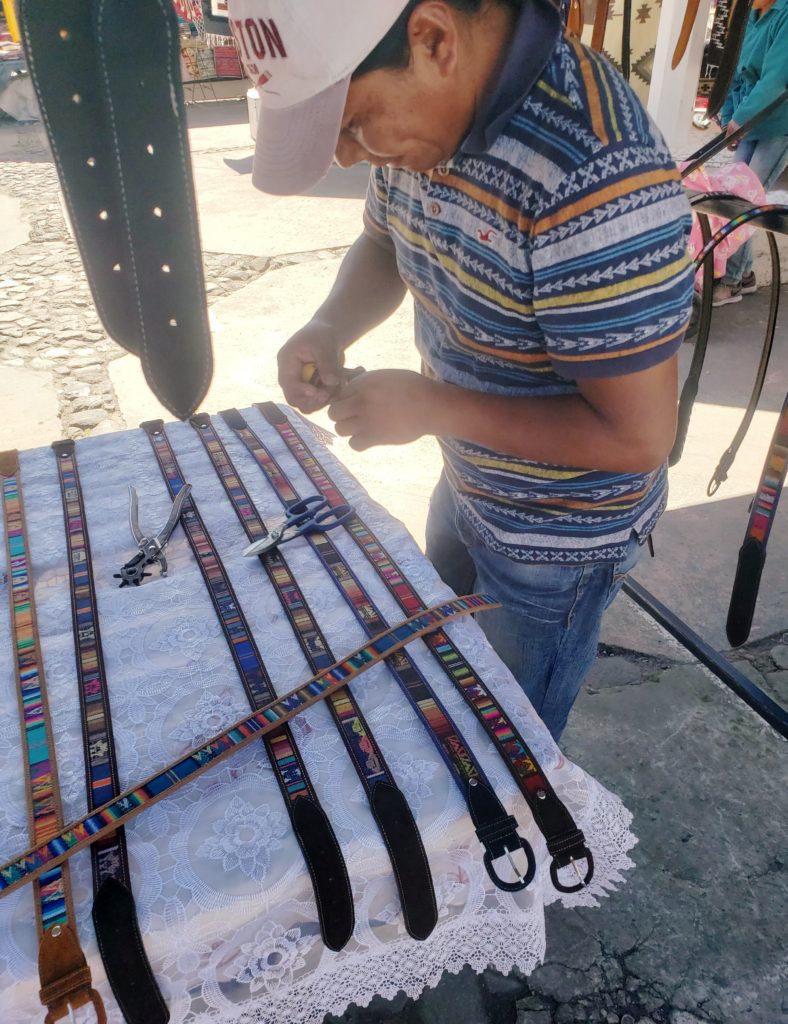
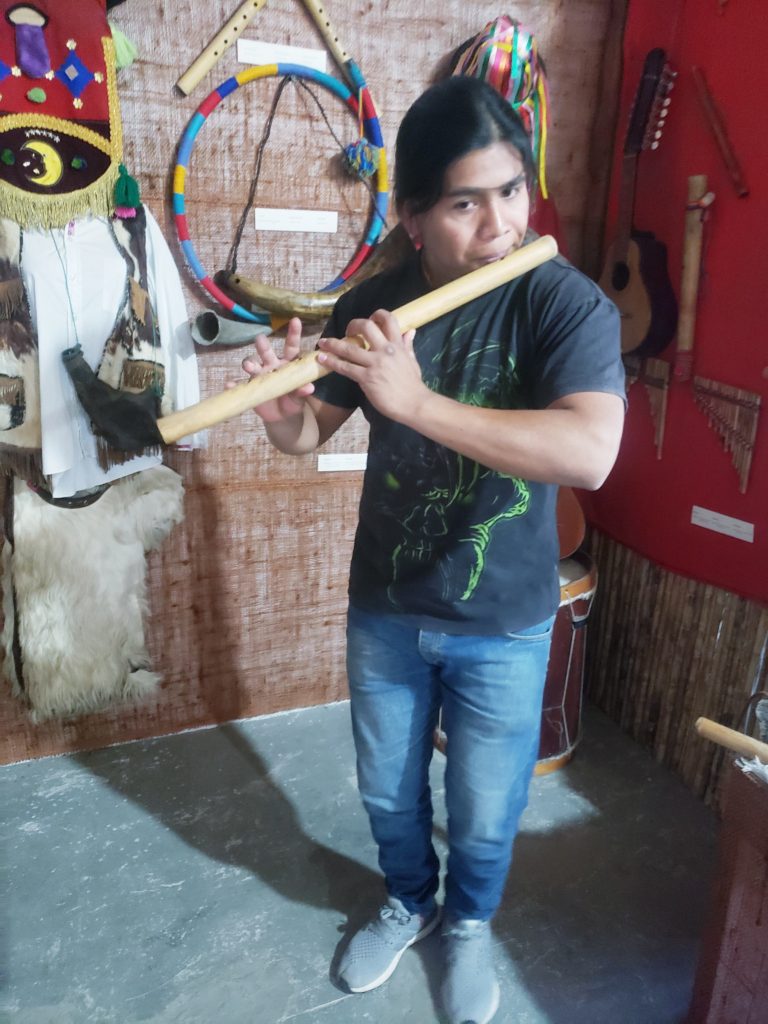
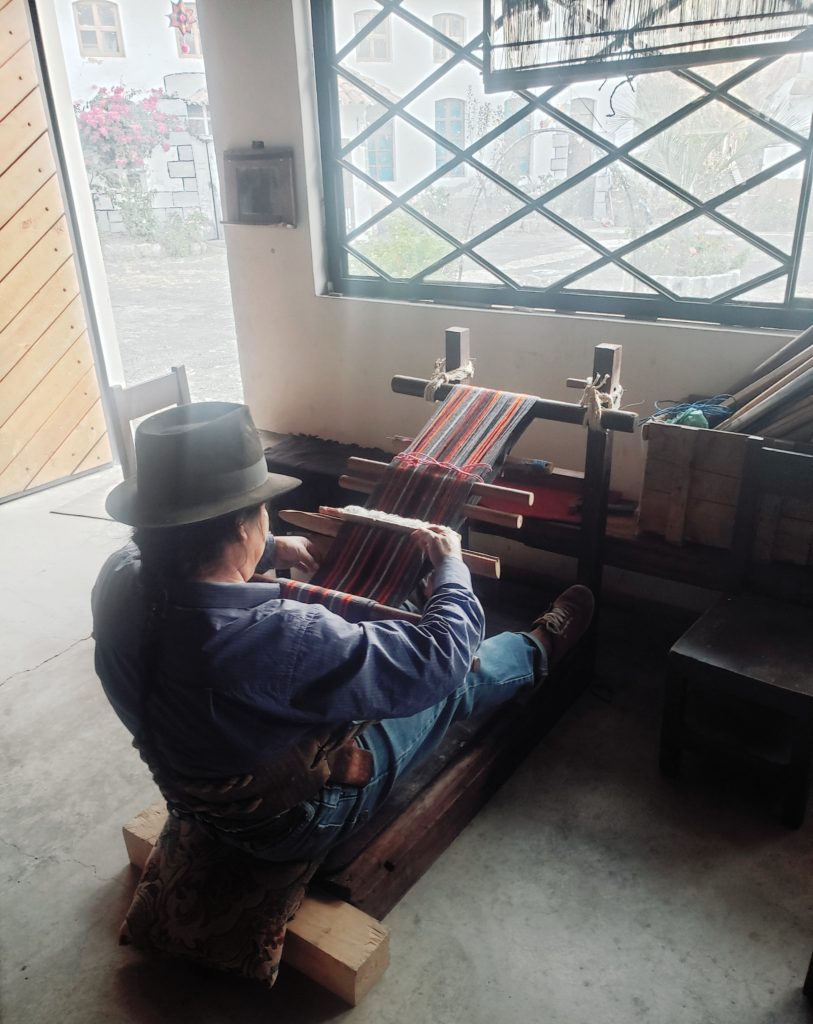
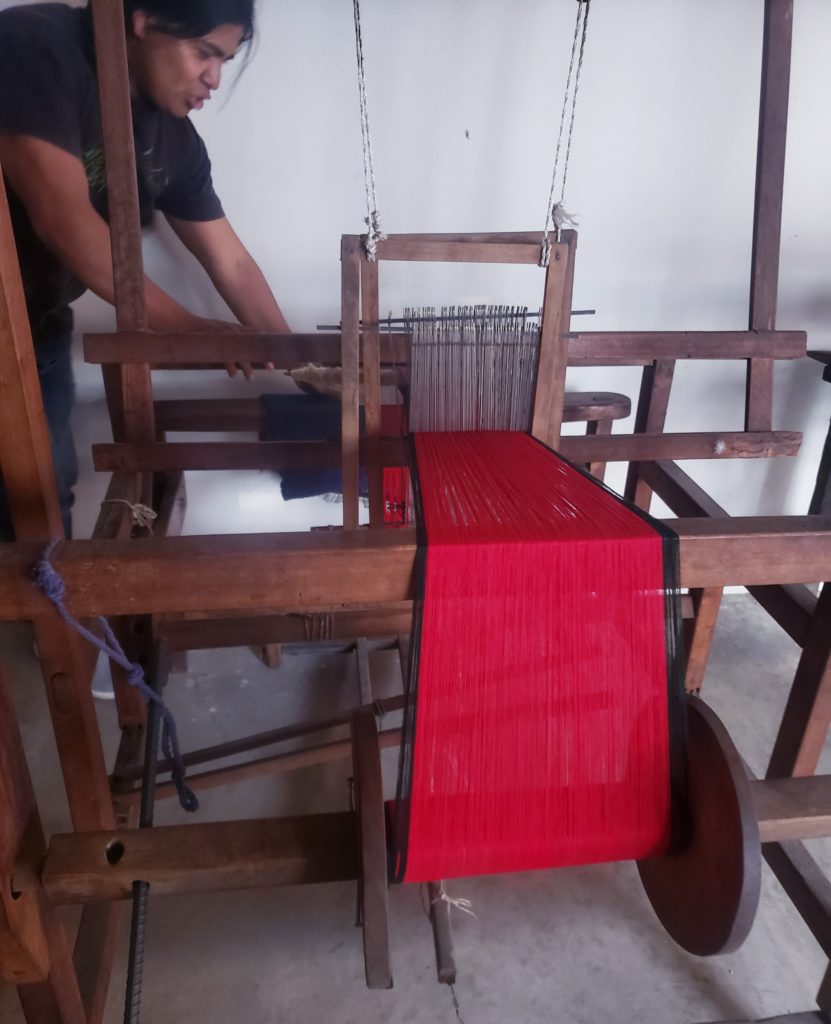
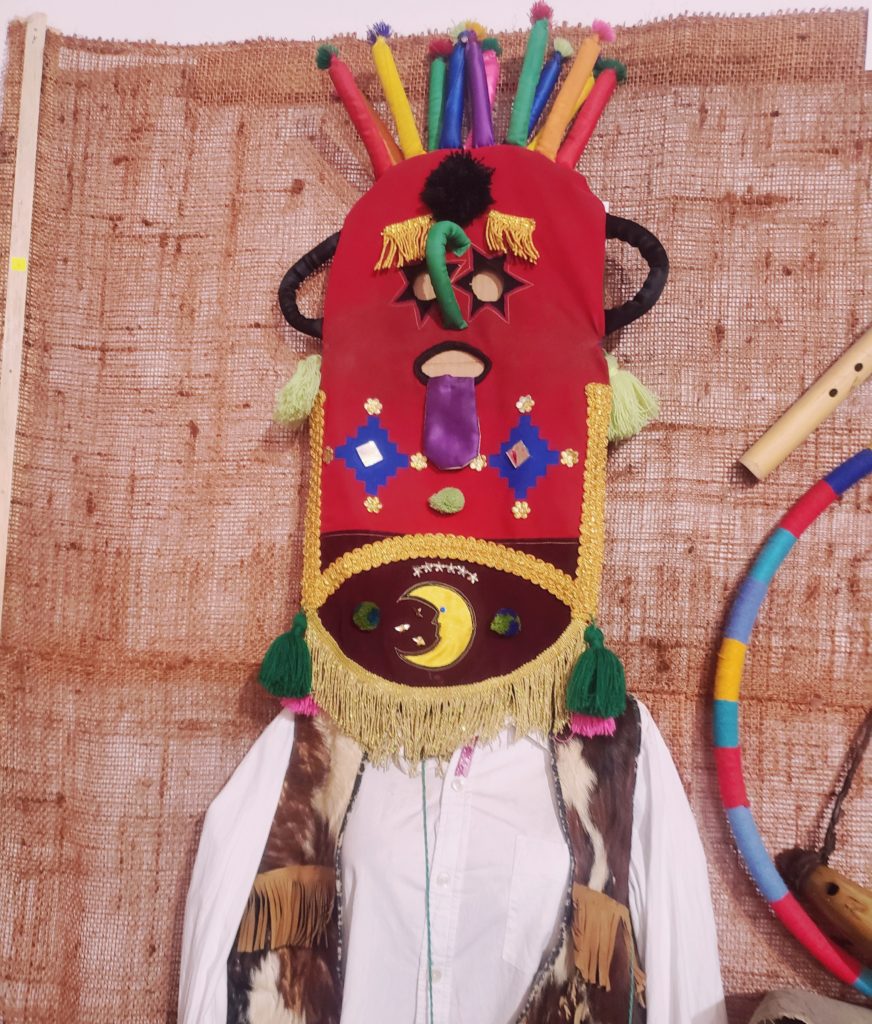
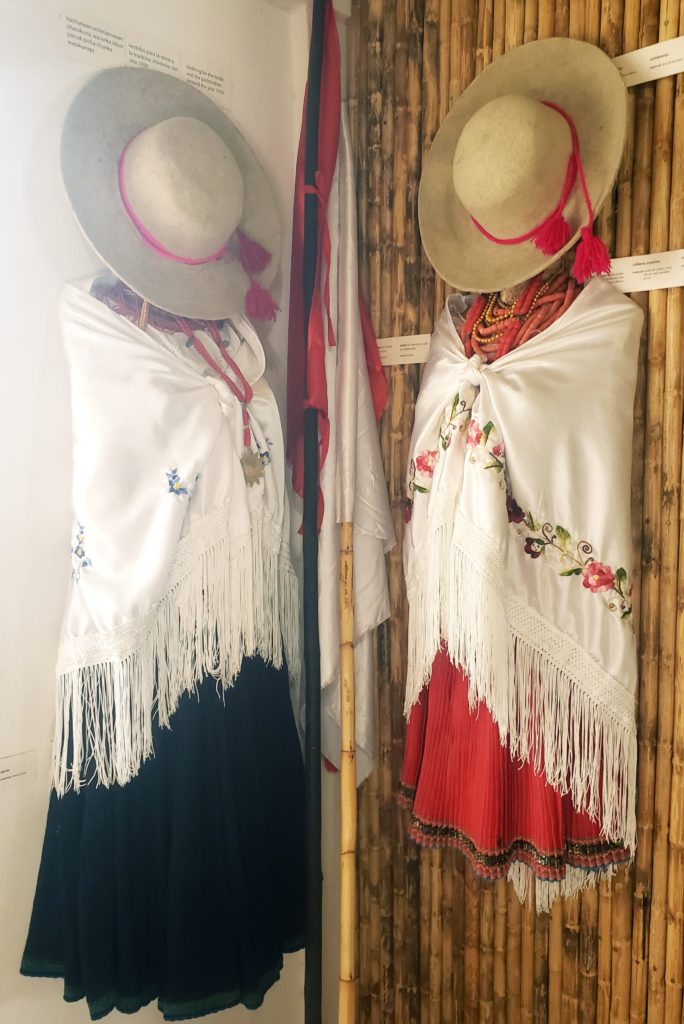
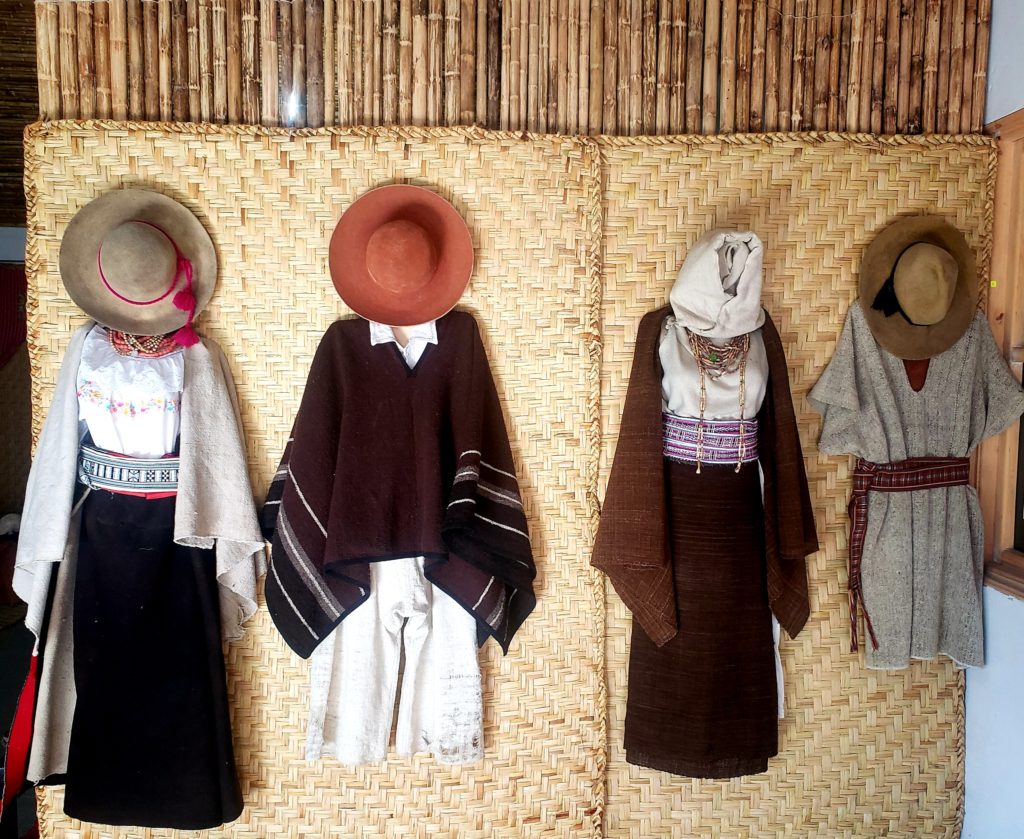
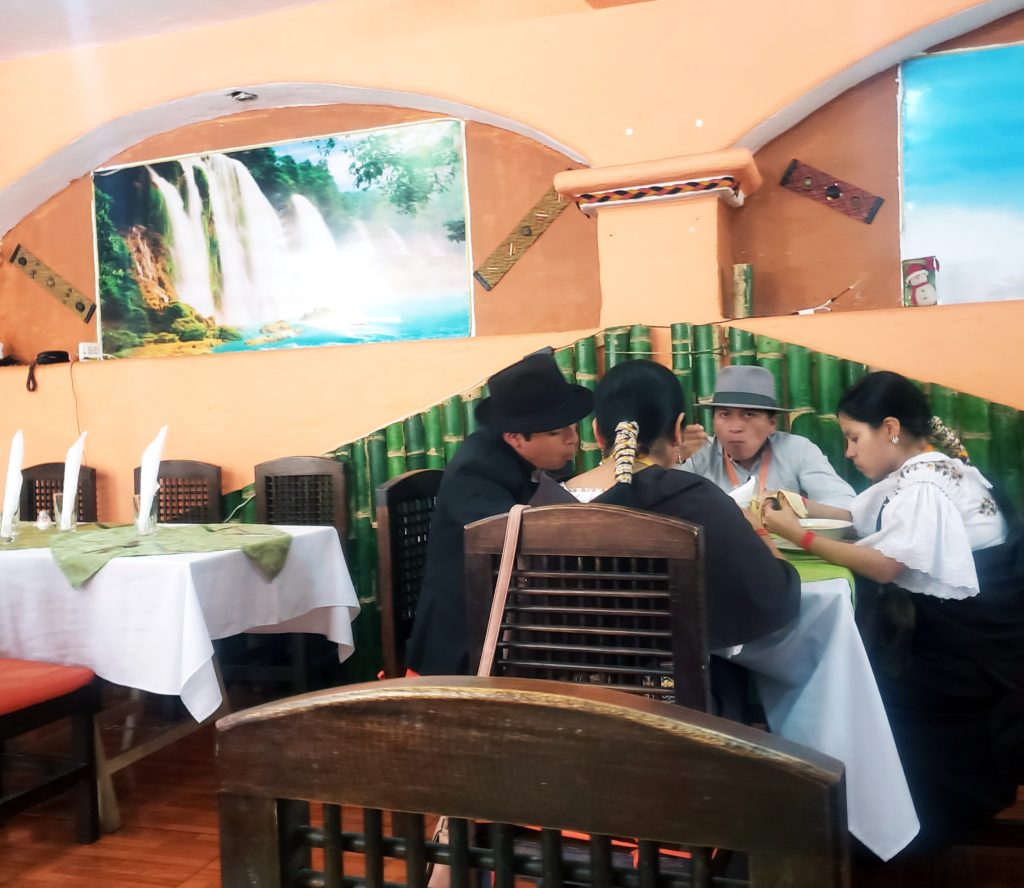
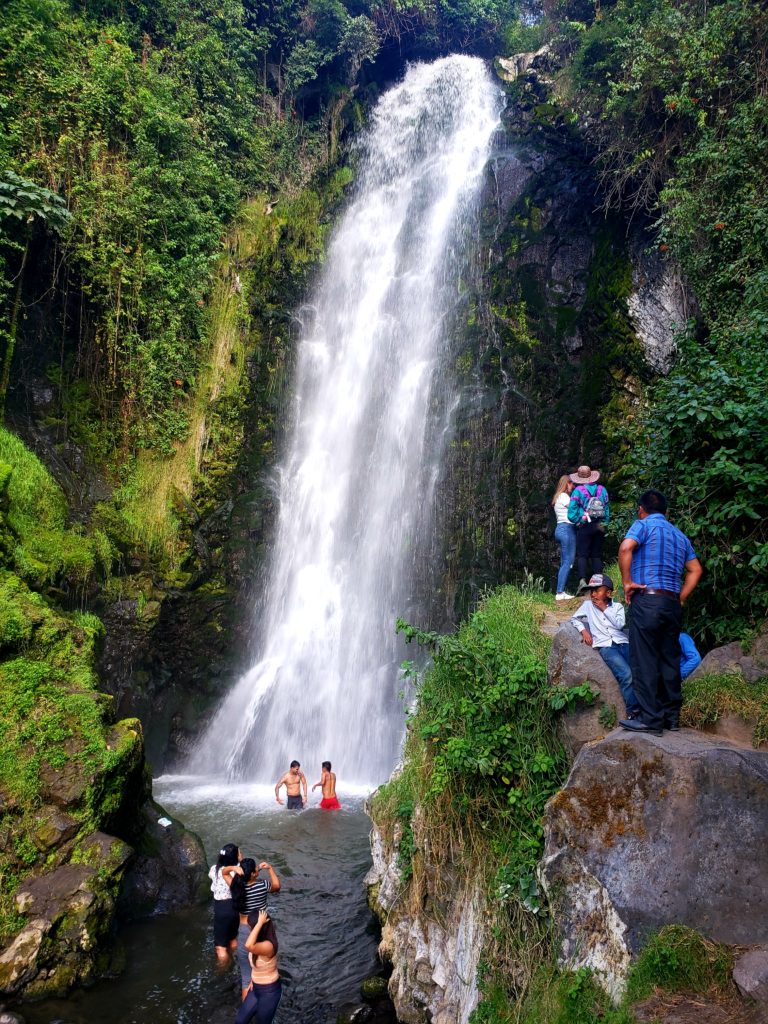
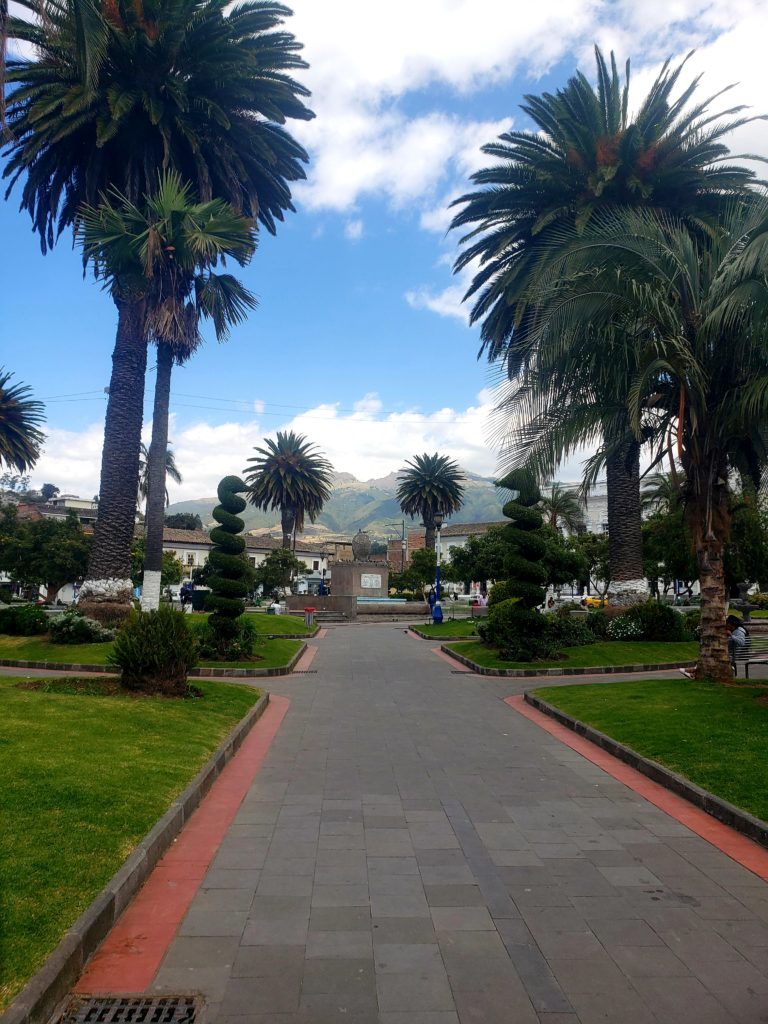
Archives
Calendar
| M | T | W | T | F | S | S |
|---|---|---|---|---|---|---|
| « Mar | ||||||
| 1 | 2 | 3 | 4 | |||
| 5 | 6 | 7 | 8 | 9 | 10 | 11 |
| 12 | 13 | 14 | 15 | 16 | 17 | 18 |
| 19 | 20 | 21 | 22 | 23 | 24 | 25 |
| 26 | 27 | 28 | 29 | 30 | 31 | |